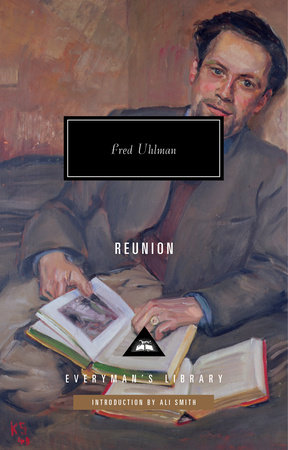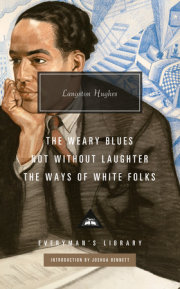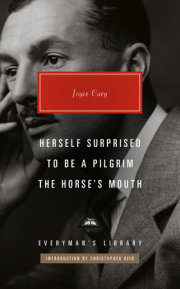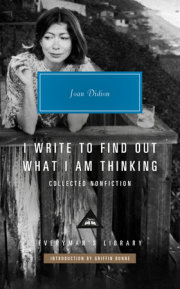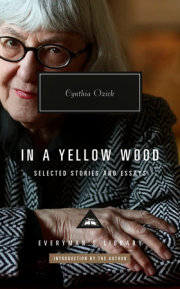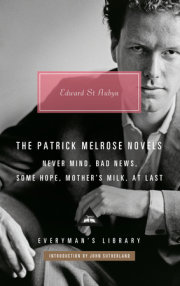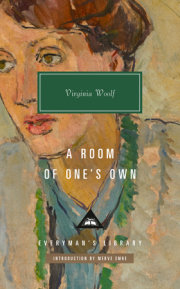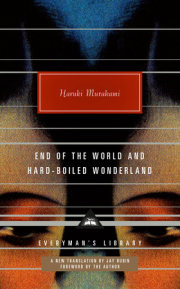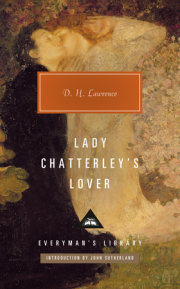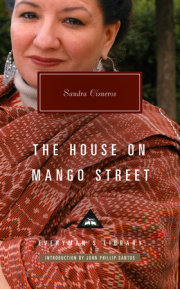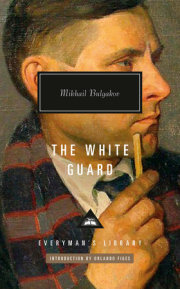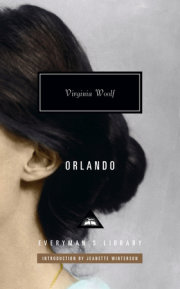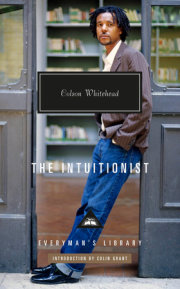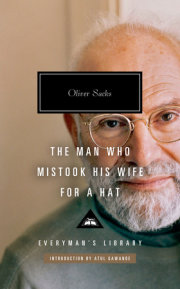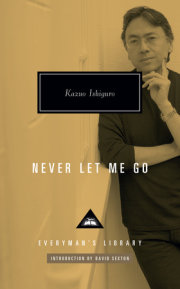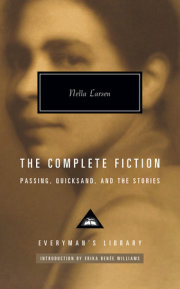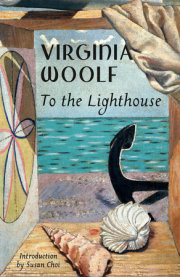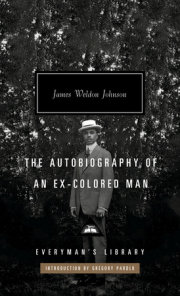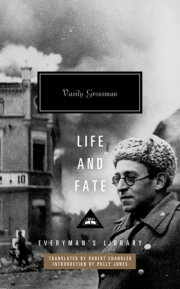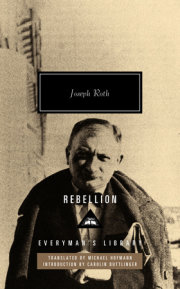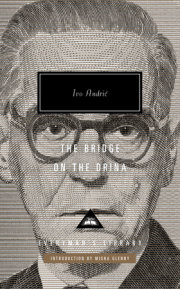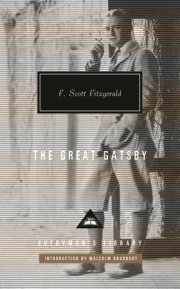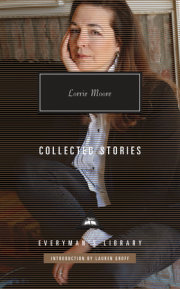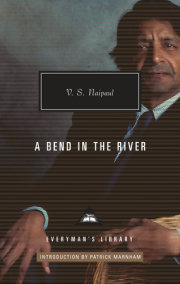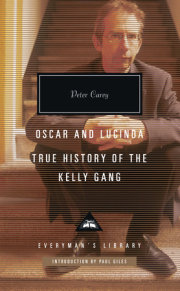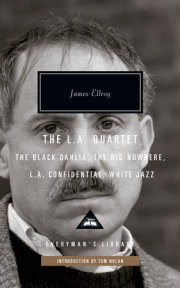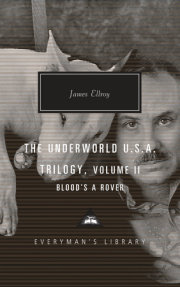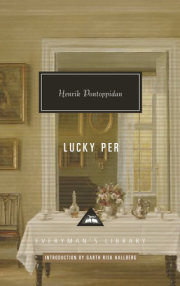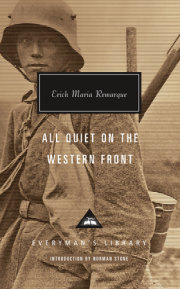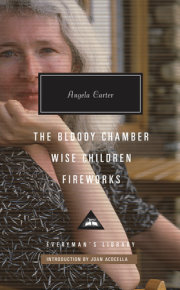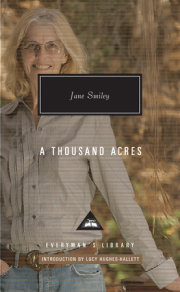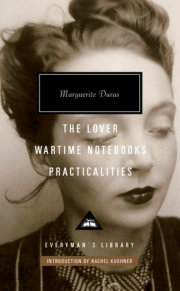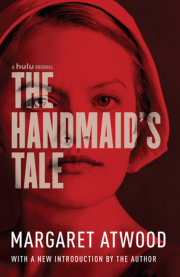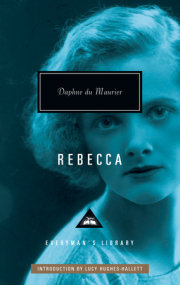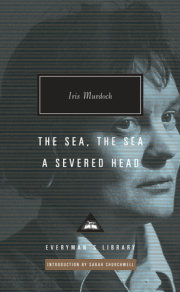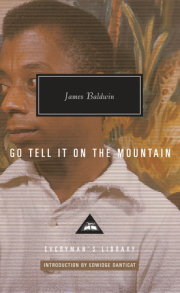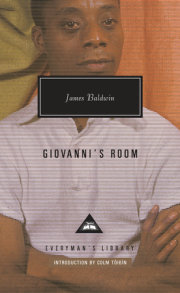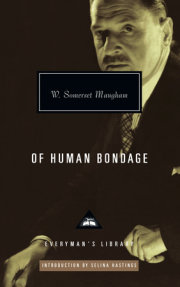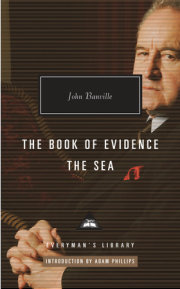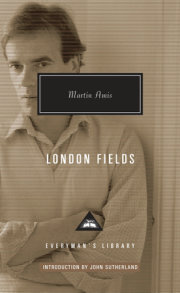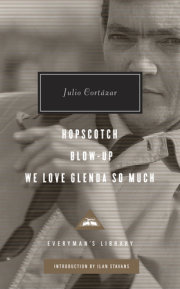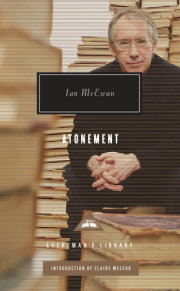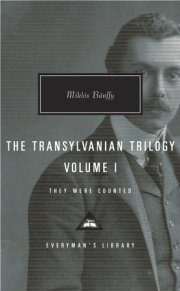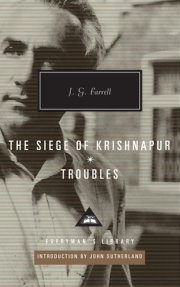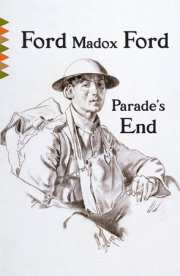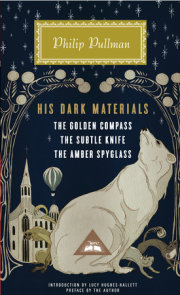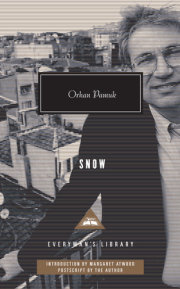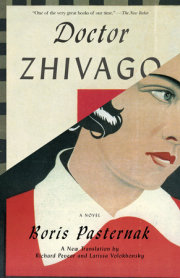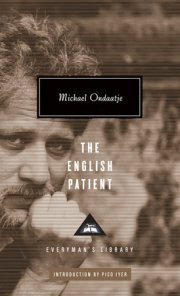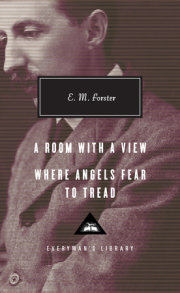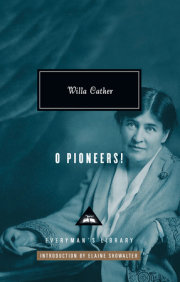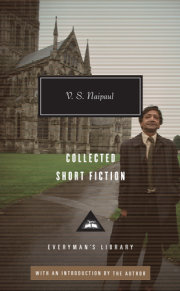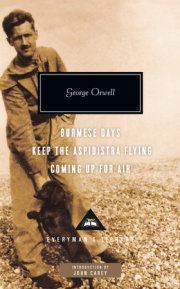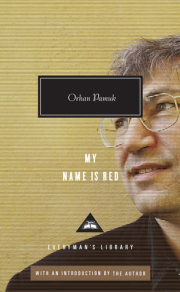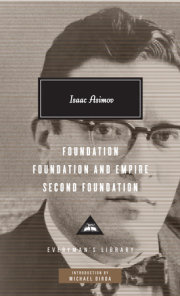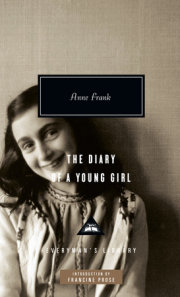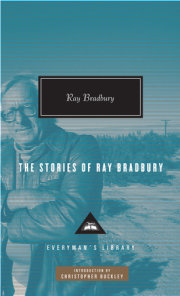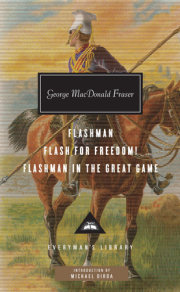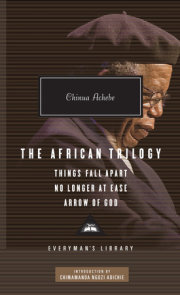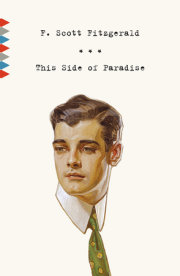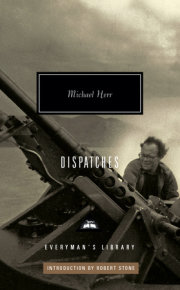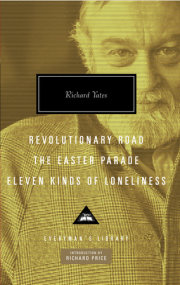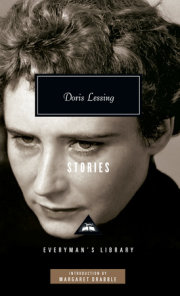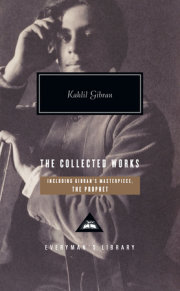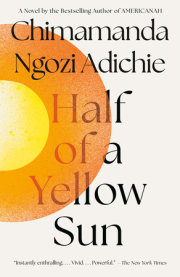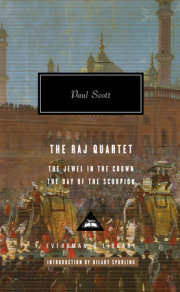from the Introduction by Ali Smith
I'm loath to write this introduction. I wish it were at least placed at the back of the book, an afterword, but even an afterword feels peremptory; there is something about a reader's encounter with Fred Uhlman's
Reunion that makes any intervention between reader and book feels like obtrusion, an interruption of the candour and the layered complexities and simplicities of its direct address.
Does that sound critically naive? Innocence is one of
Reunion's subjects, the simultaneous loss and preservation of it, in a book involving naivety and innocence and the difference between the two. This consciously modest, consciously small-scale story of a school-age friendship between two adolescent boys, round which the very worst of human division and divisiveness (political, historical, religious, social, racial, personal) are happening, was first published in 1971. It fell straight under the radar and practically disappeared till Arthur Koestler read it; he thought it "a minor masterpiece," meaning minor here tonally,"as if Mozart had rewritten the
Götterdammerung," rather than that this was the opposite of a major work. Later that decade it was re-published plus Koestler's introduction, to acclaim. Since then it's seen multiple reprints, multiple introductions / afterwords and multiple writers adding their "brilliant" / "work of art" / "masterpiece" endorsements.
But still somehow
Reunion remains a secret. It retains its discreteness. Word of mouth still passes it, like the discovery of a hidden gem, from astonished reader to reader. So many readers know and love it as the classic it is and yet somehow it continues existence under the radar, a constant source of surprise to anyone happening across it for the first time. But then, surprise is a core part of its perennial gift. It's a novella whose slimness belies its heft. Its impact is stunning.
It was Fred Uhlman's only published novel. There are a couple of other shorter texts he wrote later and which you can find separately, or appended to
Reunion, in its French and Italian and Spanish editions, and these extend and comment on the story, some of
Reunion's characters and Uhlman's own life story. For instance, Italian readers know
Reunion as the first book in a text renamed
Trilogia del Ritorno. But this novella is the masterpiece; everything else seems extra, as if arising from an expression of readerly longing for more of its remarkable quality and the understanding this novella uniquely imparts of the workings of reality, possibility, history and story, and what happens when these things come together.
Its writer was born Manfred Uhlman in 1901 in Stuttgart, "then the capital of the Kingdom of Württemberg, Germany's most liberal and in my opinion most civilized region", as he later wrote, into a middle class assimilated Jewish-German family. He studied at the veritable Eberhard-Ludwigs-Gymnasium till 1920, then took a law degree in the universities of Freiburg, Munich and Tübingen (a degree could be studied at several universities so long as you returned to your home university to complete it). After this he was a practising lawyer in Stuttgart from the late 1920s till 1933, in other words until Hitler came to power and Uhlman, well known for being a court defender of anti-Nazis, was warned to leave. He escaped to Paris, where "after having tried in vain to make a living as a journalist, art dealer, breeder of exotic fish, I started – successfully – to paint." (p 79
His Majesty's Loyal Internee)
He had had no art training at all and his work, with its surprising hybrid fusion of primitivism, realism and surrealism and its purely instinctual take on perspective, was received with a mixture of astonishment and pleasure. He exhibited in Paris and London and sold well. "[T]he genuine primitive painter has no idea that he
is a primitive; his whole desire is to paint like everybody else, to be a
real painter, and he simply cannot see that 'something is wrong' ... A man can have all the faculties, the reasoning power, the shrewdness of an adult, and at the same time have the innocent eye of a child," he wrote, commenting on his own aesthetic process (162
The Making of an Englishman). "I have always been a romantic ... French art critics have always called me an artist-poet and I believe they are right ... This does not mean that as a romantic I am a pure 'escapist' ... How could I have hoped to
escape the horrors of our age? Only I can't scream like Francis Bacon; my voice is rather subdued and shy; the trumpet is not my instrument, but the lute ... I hope I can call myself a 'lutanist' who believes not in despair, but, like every real artist, in life" 164-5
The Making of an Englishman).
In 1936 he left Paris for Spain. He was painting in the fishing village Tossa del Mar when he met the English woman who'd become his wife. Diana Croft was the daughter of the highly nationalist British MP and aristocrat Henry Croft, a man appalled at his daughter's choice of a penniless socialist Jewish refugee for a husband. Regardless, the Uhlmans settled in London where Uhlman helped found the Free German League of Culture (1938) and where he and Diana became a core part of the Artists' Refugee Committee.
In early 1940, some months after the start of the Second World War, all German immigrants in the UK regardless of refugee status and anti- or pro-Nazi affiliation, were interned indefinitely in camps up and down the country. Fred Uhlman found himself arrested with thousands of others and held at first in the old winter quarters for the animals of Bertram Mills' Circus at Ascot, then at the Hutchinson camp in Douglas on the Isle of Man.
In Douglas the inmates were housed in a series of tall holiday guest houses emptied of everything but the barest sticks of furniture, thirty to forty men living in each, crowded into their small rooms. Many of the inmates of the Hutchinson Camp in particular were Jewish cosmopolitan figures: artists, musicians, academics and thinkers who'd settled in the UK long ago or who'd recently fled Hitler to save their lives. In his autobiographical writing, Uhlman sums up the surreality of the place; pianos so decrepit that they literally fell to pieces as they're being played, nevertheless classical concerts behind the wire by world famous pianists who'd played for royalty, the townsfolk of Douglas gathering at the fence too to listen; inmates ragged with grief, loss and exile, stunned by internment, yet every day so many lectures and talks by renowned and brilliant experts, on poetry, world literature, history, science, philosophy, that the camp was like a university had been upended into a prison. They were lucky in the Hutchinson camp commander, Capt. Hubert Daniel, who went out of his way to make life in such severe and straitened circumstances as liveable as possible for the inmates.
Art materials were scarce in the camp. Among the several artists incarcerated alongside Fred Uhlman was Kurt Schwitters, whose striking portrait of Uhlman (done on a piece of linoleum sliced out of the floor of one of the houses) Uhlman then bought from him for £5 (it can now be seen, among other Schwitters works, at the Hatton Gallery at the University of Newcastle). Uhlman writes immensely wittily and movingly in his autobiographical work about Schwitters, who was famous for having had his art personally condemned by Hitler in the notorious Nazi propaganda exercise of the Entartete Kunst (Degenerate Art) exhibition in 1937. Schwitters spent his days in Hutchinson sculpting strange figures out of the leftover porridge (leftover at all because it was laced with bromide –– to keep sexual activeness as low as possible, the inmates reckoned) and glistening collages out of the likes of thrown-away fish skins, litter, anything he could find in the camp dustbins.
In his time there Uhlman himself took to a new art. In his wartime diaries he notes, on the 26 June 1940, one of his first incarcerated days in Ascot, "Started drawing, sitting on a rock. Thank God, Diana had put some Indian ink, charcoal, a pen and a block of writing paper in my suitcase. Had to discover a new technique. I had done little drawing before, being only interested in painting" (82,
His Majesty' Loyal Internee). He gives different versions of the story of how he came to have any ink or paper at all through his autobiographical writing, but almost all of them involve Diana Uhlman's forethought. She was heavily pregnant when Uhlman was arrested and taken away; she gave birth to their first child, his daughter, when he was in Ascot with no mail coming in or out of the camp and no possible contact with her or the outside world.
In his time in Ascot and Hutchinson he completed between 150 and 200 drawings on paper in charcoal or black / sepia ink. These came to be known as the Internment Series and are now held in archives at several galleries in the UK and Germany. Their views of internment life are dark: bleak barracks; spartan and blasted landscapes; a line of bespectacled shrivelled and patchy men dwarfed by the massive barbed wire fence through which they're staring out at us with numbness, bewilderment.
But these views soon give way in the series to a remarkable narrative that's earthy and unearthly at once, dedicated on several of the drawings to "mon enfant nouveau né" or his new born daughter –– a graphic fantasy about a small girl who seems to radiate light or draw light to her, typically passing through a field of gallows and corpses, figures Goya-like in their tortured brokenness. The child traverses this foul landscape untouched, sometimes holding a balloon which floats high on a string above the hanged people, the ruins. She has safe passage through all gothic grotesquery. She looks up in interest at a skeleton dancing for her; she looks inquiringly into the faces of a parade of rotten and rotting military, religious and political figures. She passes beneath a hanged child on a gallows, freed even from what could easily be her own death. In the end she literally topples the heretical authorities and stands, smiling, on top of them. In the Internment Series innocence survives against all the odds.
24 drawings from this series were published in book form after the war by Jonathan Cape in a book entitled
Captivity. Their yoking of barbarism and gothic and grotesque realism with this vision of unsullied surefooted innocence –– their romance of the untouched, unruined, unruinable child –– is (that word again) stunning. There is no compromise on the horror. But in the end, it is innocence –– not naivety, because the child, self-possessed, open-eyed, never fearful, passes like Alice through the surreality of the reality, revealing it as she goes –– that triumphs.
When this book of drawings came out in 1946, with a sketch of a skull on a grave, a flower growing up through its jaw, on the cover, it sold very few copies. Of course. Nobody wanted this vision anymore. But it's a vision of a rare kind of war courage. The title and this narrative together suggest that captivity can and will lead to an understanding of what true freedom is. "Death has no dominion over [the girl child]," Uhlman wrote; "on the contrary it plays and dances with him knowing that it is the future" (110,
His Majesty's Loyal Internee). When Uhlman was finally released from internment at the end of 1940 and "saw my child for the first time... I just cried. It was Caroline, who appeared in
Captivity, who was eternally victorious, triumphant –– and beautiful" (108, ibid.).
He writes this in his commentary on his own translation and re-edit of his wartime diaries, posthumously collected, annotated and made available to the public in 2009 in
His Majesty's Loyal Internee: Fred Uhlman in Captivity, edited by Brinson, Müller-Härlin and Winckler (Valentine Mitchell Books). The diaries were, as one of the editors points out, "a watershed in Uhlman's use of his mother tongue. After the war, he would abandon German as his first language, even – generally speaking – in letter writing, considering it irrevocably linked to the horrors of the Third Reich"(124).
His first published work as a writer was written in English, then, and was an autobiography called
The Making of an Englishman (Gollancz, 1960). On the one hand its readers learn the centuries' old history of Jewish people in Württemberg and on the other the fate of Uhlman's parents, both transported and dying in the Czech town used as a ghetto by the Nazis, Theresienstadt, and the fate too of his younger sister, dead under a train on the way to Auschwitz.
In
The Making of an Englishman he traces the aftermath of the First World War, tells the timeline of his own progress from boyhood to adulthood at a time of unimaginable change, and the progression of antisemitism in his home country, latent then suddenly express. He attended the school which will serve as the model for the one the boys attend in
Reunion, graduating in 1920 twelve years earlier than the time in which he'll later set his novella, and remembering it as a place in which there were "no class distinctions ... little or no snobbery" also noting, just in passing, that "Two other boys who went to the same school were the von Stauffenberg brothers, one of whom almost succeeded in killing Hitler and was executed" (35).
But in the year 1932, the year in which he'll later set much of the action of
Reunion, he was no schoolboy himself: "I was Chairman, Secretary, treasurer, and one of the only two members of the SPD Lawyers' Association in Württemberg" (123). He tells how his escape from Germany in 1933 comes about when a judge "with whom I had always been on good terms and who, it shocked me to discover, turned out to be an old member of the Nazi party," had a covert message conveyed to him: if you see little Uhlman, tell him Paris is very beautiful
now. "'Tell him:
now.' ... And so I left my country, and the town where I was born ... The language in which Goethe and Hölderlin and Moericke had talked and written would be alien to me, like the lakes and forests and old walled towns of Württemberg. The fountains would be silent for me for ever" (134). When he comes back briefly after the war "as a complete stranger" ... I wept over Germany. I wept over the ruins of so many beautiful old towns, the background of my youth. I wept over lost faith and hope and over the evanescence and meaninglessness of life" (135).
...
Copyright © 2022 by Fred Uhlman; Introduction by Ali Smith. All rights reserved. No part of this excerpt may be reproduced or reprinted without permission in writing from the publisher.





